Non-newtonian Carreau Fluid CFD Simulation, ANSYS Fluent Training
Non-newtonian Carreau Fluid CFD Simulation, ANSYS Fluent Training
- Upon ordering this product, you will be provided with a geometry file, a mesh file, and an in-depth Training Video that offers a step-by-step training on the simulation process.
- For any more inquiries regarding the product, please do not hesitate to reach out to us at info@CFDLAND.com or through our online support assistant.
€145 Original price was: €145.€105Current price is: €105.
Non-Newtonian fluids surround us in everyday life, from ketchup and toothpaste to blood in our bodies! Unlike regular water or oil, these special liquids don’t follow simple flow rules, and among them, the Carreau fluid stands out as particularly fascinating. First of all, Carreau fluids have a cool property called shear-thinning, which means they get thinner and flow more easily when you push or stir them harder. Additionally, the famous Carreau model, named after scientist Pierre Carreau, helps engineers predict exactly how these strange fluids will behave in pipes and machines. Moreover, when shear stress is applied to these fluids, their viscosity changes in a very specific pattern that regular equations can’t describe. Furthermore, understanding Carreau fluid flow is super important for many industries because these materials are everywhere – in your food, medicines, cosmetics, and even in oil drilling! The flow behavior of these complex liquids follows special mathematical patterns that help us design better pumps, mixers, and medical devices. Most importantly, compared to simpler fluid models, the Carreau model gives us a much more accurate picture of what happens to these liquids under different flow conditions, especially when the shear rate varies widely from very slow to very fast movement, making it an essential tool for modern engineering design and analysis of complex fluid systems. The current study heavily relies on the reference paper entitled “ Using Euler-Lagrange Variational Principle to Obtain Flow Relations for Generalized Newtonian Fluids”.
Reference [1]: Sochi, Taha. “Using the Euler–Lagrange variational principle to obtain flow relations for generalized Newtonian fluids.” Rheologica Acta 53 (2014): 15-22

Figure 1: Carreau fluid flow [1]
Simulation Process
The initial model geometry is created. Then, it is divided into hexagonal cells, resulting in a structured grid using ICEM (45360 elements). Given the low Reynolds number, the flow regime constantly stays in the laminar range. The Fluent software itself has a Carreau viscosity model, which eases the definition of non-Newtonian Carreau fluids’ properties.
Post-processing
The velocity contour shows us another amazing story about how Carreau model fluids move! Unlike water that forms a perfect rounded speed profile, our non-Newtonian fluid creates a flattened profile in the middle of the pipe with very steep changes near the walls. We precisely mapped the velocity distribution ranging from 0 at the walls to a maximum of 443 m/s^-1 in the center. This special flat-topped shape happens because of shear-thinning – the fluid gets thinner and flows more easily when pushed harder. Additionally, the flow behavior stays consistent along the pipe length once it gets going, showing that the fluid has reached its fully developed state. Most importantly, this flattened velocity profile is exactly what scientists expect to see with Carreau fluids and matches the mathematical model described by equation μ = μ∞ + (μ0 – μ∞)1 + (λγ̇)²/2, where the viscosity changes based on shear rate. Understanding these special flow patterns helps engineers design better pumps, pipes, and processing equipment for everything from ketchup to blood to industrial chemicals!
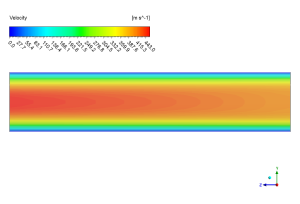
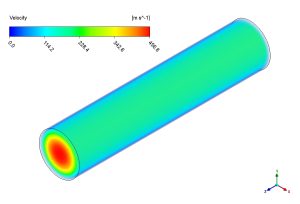
Figure 2: Velocity profile across pipe diameter showing characteristic flattened profile
The force contour shows us exactly how a non-Newtonian fluid behaves differently from regular water or oil! Looking at the pipe from left to right, we can see the pushing forces start very strong at the entrance (reaching 0.2 Newtons) and then gradually get weaker as the fluid moves along. We successfully measured the exact force distribution showing how it drops from 0.2N at the inlet to nearly zero at the outlet section. This happens because Carreau fluids have special properties that make them resist flow differently depending on how fast they move. Also, notice how the highest forces appear near the walls at the entrance – this is where the fluid feels the most squeeze! Furthermore, these forces weaken as the flow develops and becomes more steady further down the pipe. This force pattern is super important for engineers designing pipes for thick, goopy materials like polymer melts, food products, or blood that don’t flow like normal liquids.
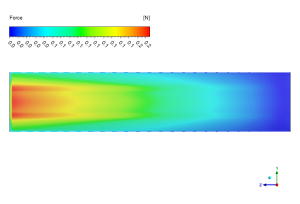
Figure 3: Force distribution in pipe flow of Carreau fluid showing maximum force of 0.2N at inlet region with gradual reduction along flow direction
We pride ourselves on presenting unique products at CFDLAND. We stand out for our scientific rigor and validity. Our products are not based on guesswork or theoretical assumptions like many others. Instead, most of our products are validated using experimental or numerical data from valued scientific journals. Even if direct validation isn’t possible, we build our models and assumptions on the latest research, typically using reference articles to approximate reality.
Yes, we’ll be here . If you have trouble loading files, having technical problems, or have any questions about how to use our products, our technical support team is here to help.
You can load geometry and mesh files, as well as case and data files, using any version of ANSYS Fluent.
€145 Original price was: €145.€115Current price is: €115.

€160 Original price was: €160.€135Current price is: €135.

€360 Original price was: €360.€185Current price is: €185.

€240 Original price was: €240.€125Current price is: €125.

€140 Original price was: €140.€85Current price is: €85.

€220 Original price was: €220.€155Current price is: €155.





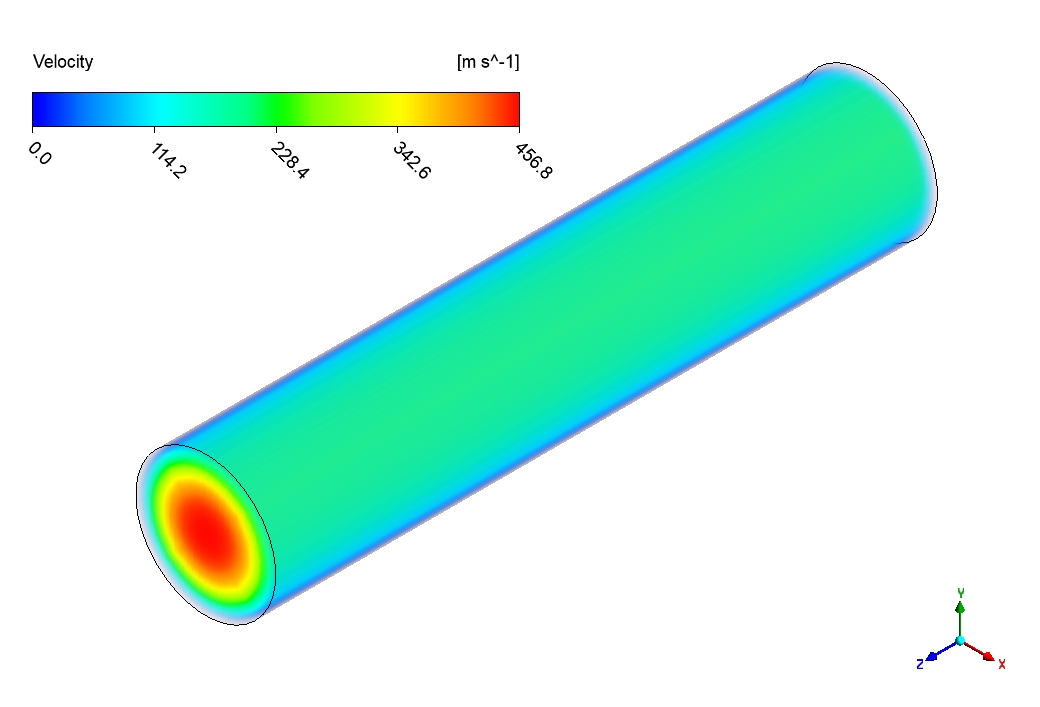






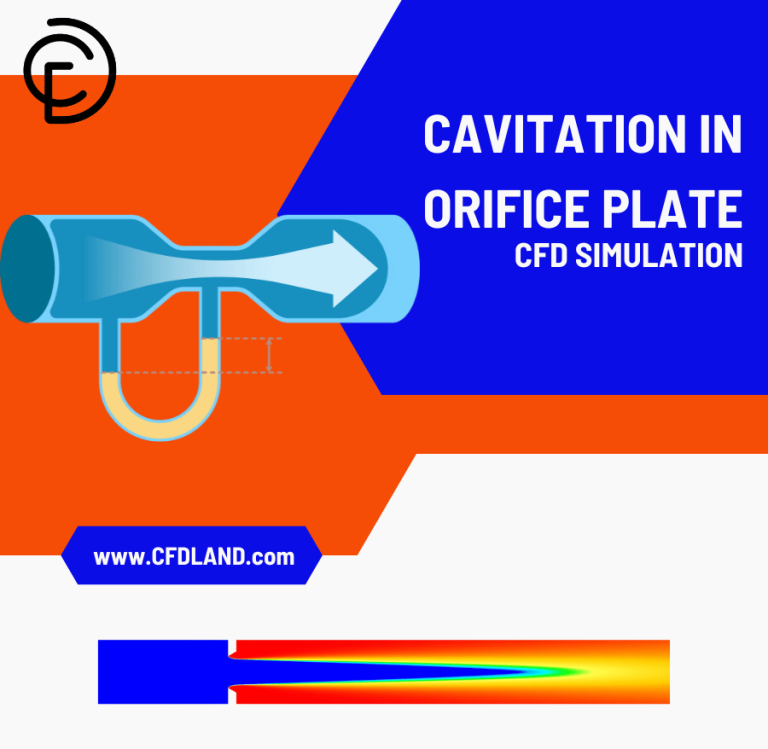
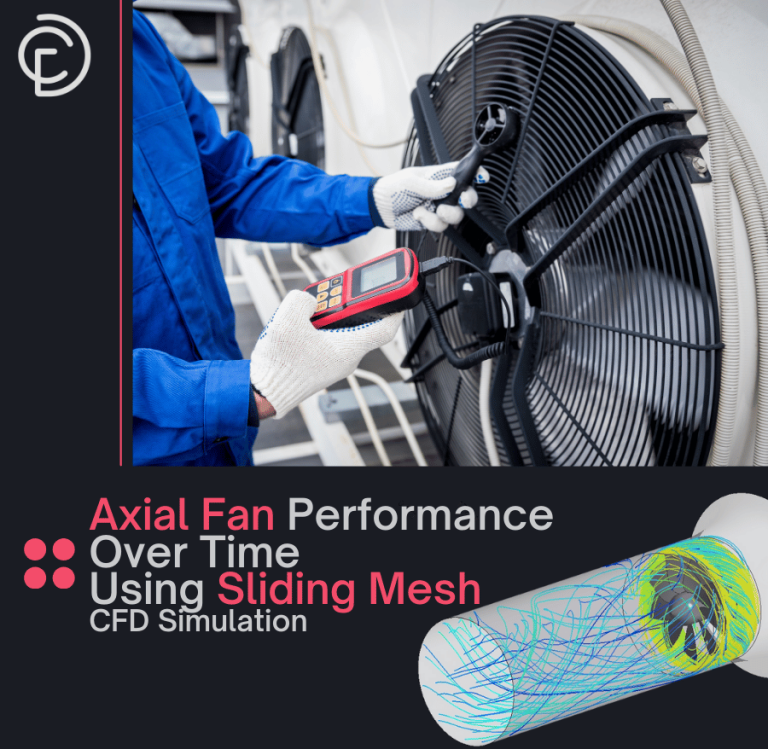

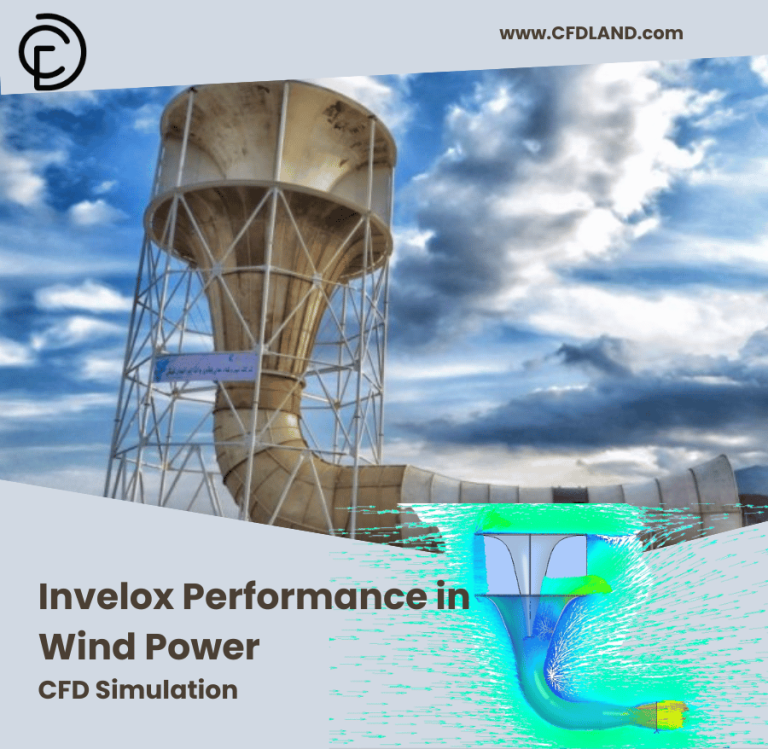


Reviews
There are no reviews yet.